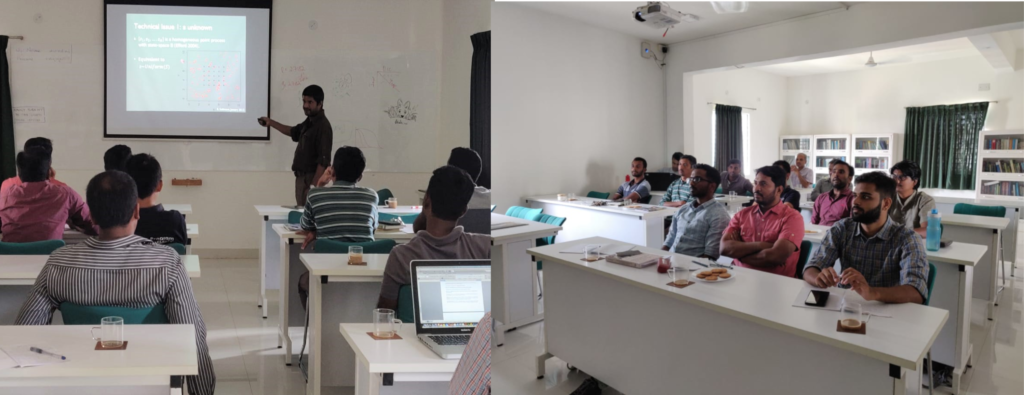
Bangalore: This is no rocket science but the rigours of wildlife science methodology are no less. This was evident during the three-day training session on ‘Animal Population Monitoring’ conducted for WCS-India field staff at the office premises in Bangalore.
The training for a dozen staff from Bangalore and Hyderabad was conducted by WCS researchers Devcharan and Killi. They were taken through the basics of population monitoring with specific focus on line transect surveys, capture-recapture theory and application, design aspects and field protocols, among other related topics..
Finally, the field staff were given a good idea of the data processing efforts and the care exercised at each step to detect errors and validate the data. Scientific monitoring of large carnivore such as tigers and leopards begins with reconnaissance surveys of the study area and selection of locations to set up camera traps, and eventually goes on to statistical analysis of data to estimate population demographic parameters. Such parameters are critical in the informed management of wildlife populations and their habitats.
Field staff play an important role in the collection of this vital data and this workshop was intended to give a thorough understanding of the concepts underlying modern estimation approaches.